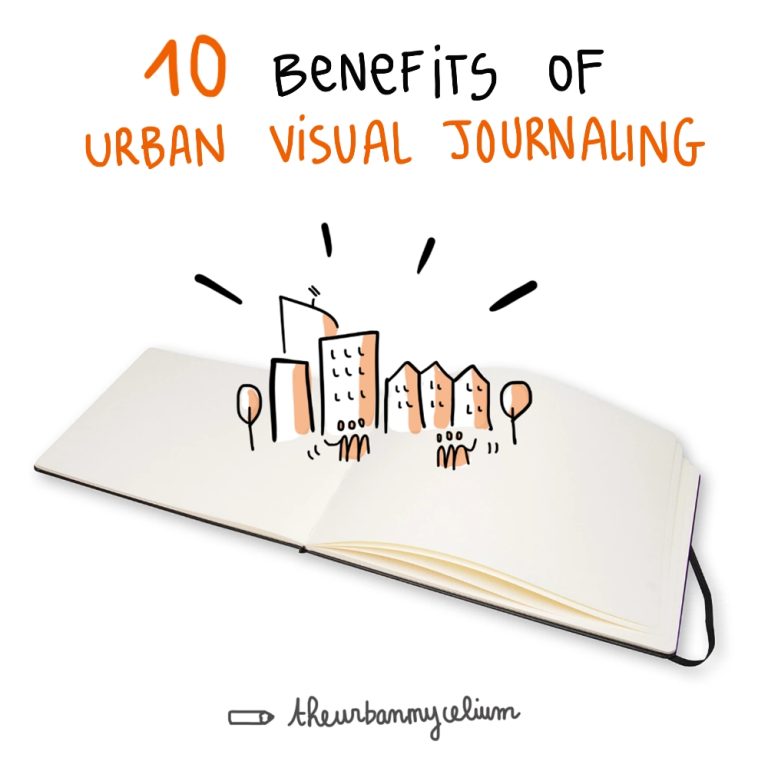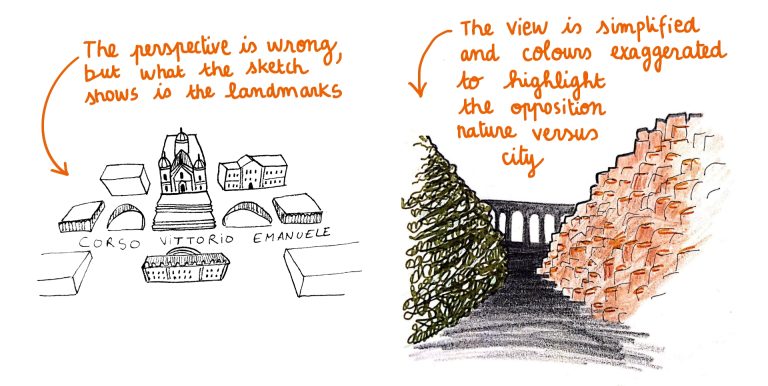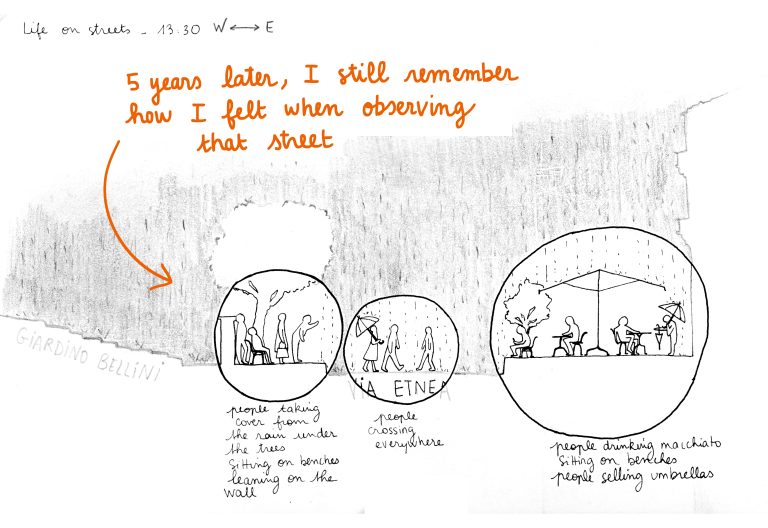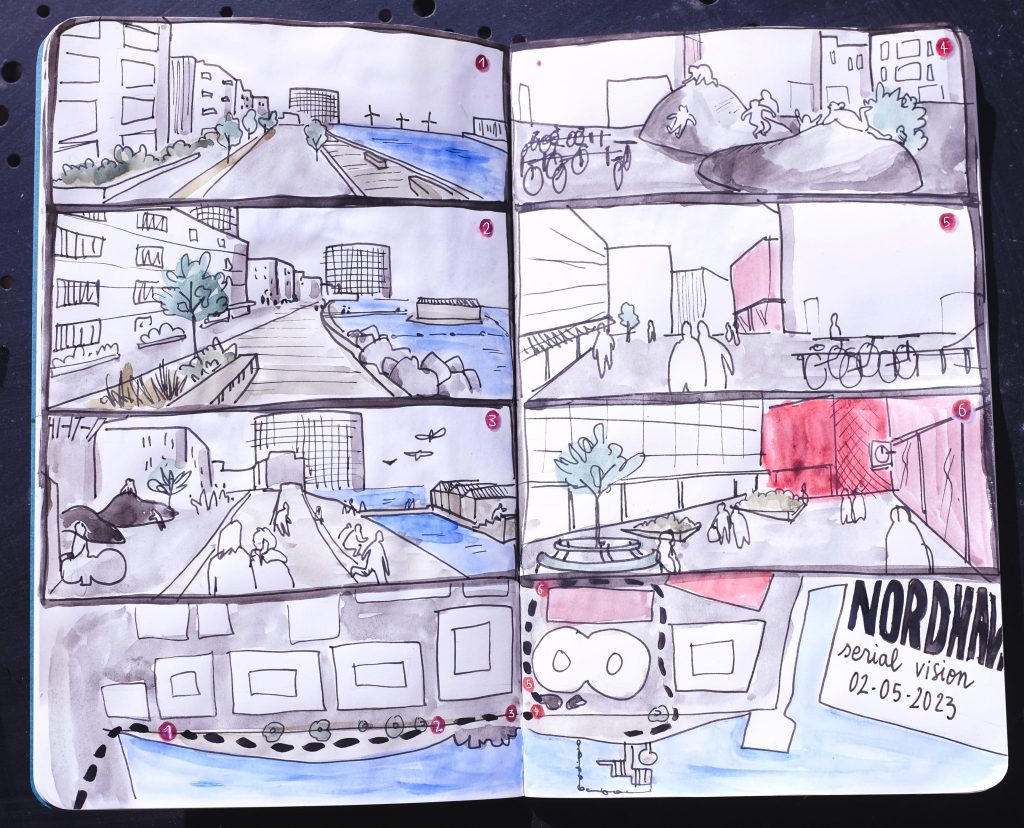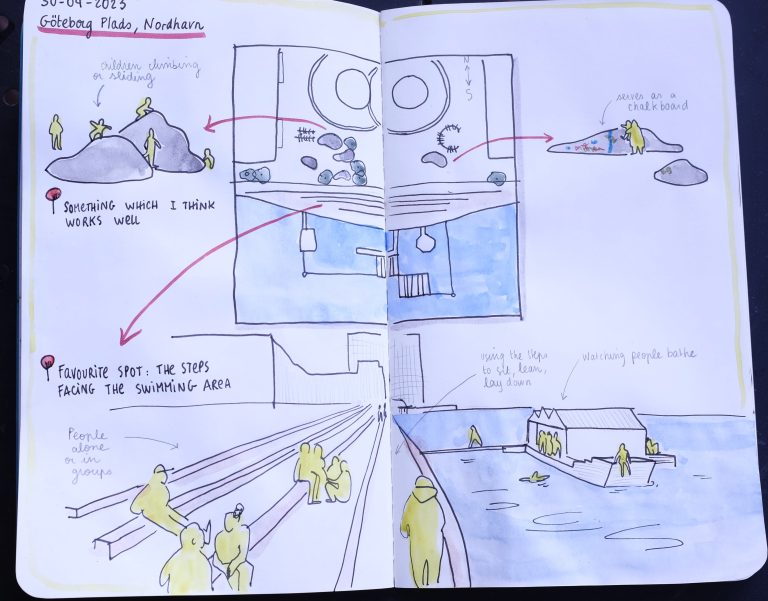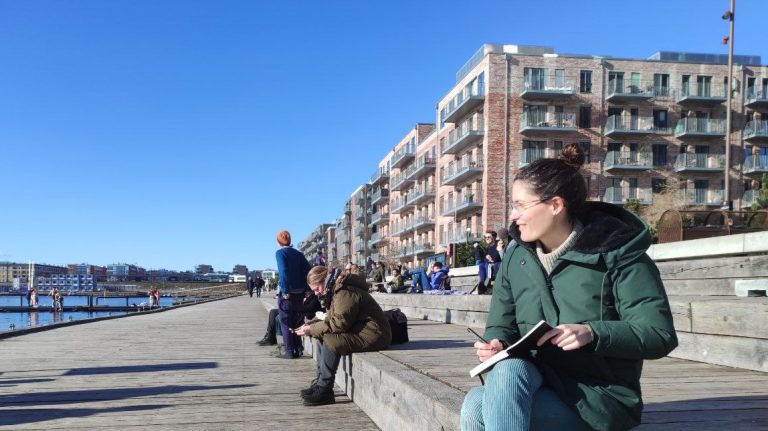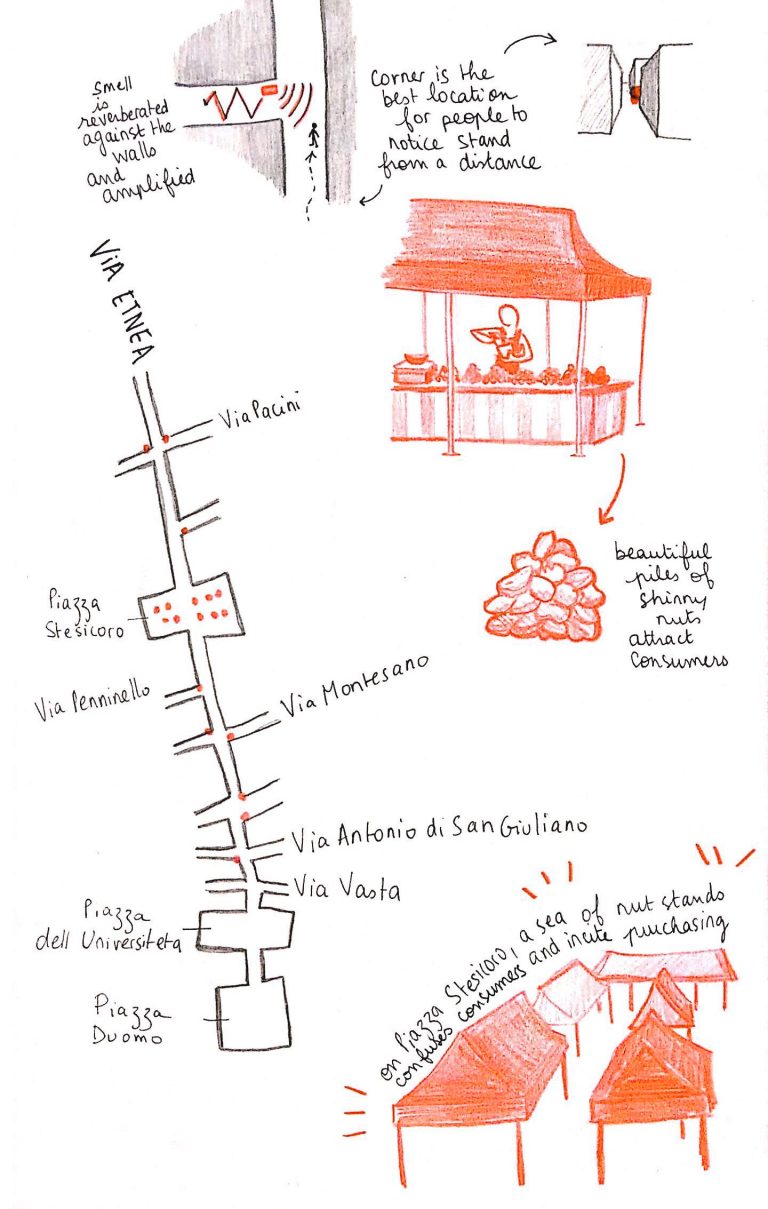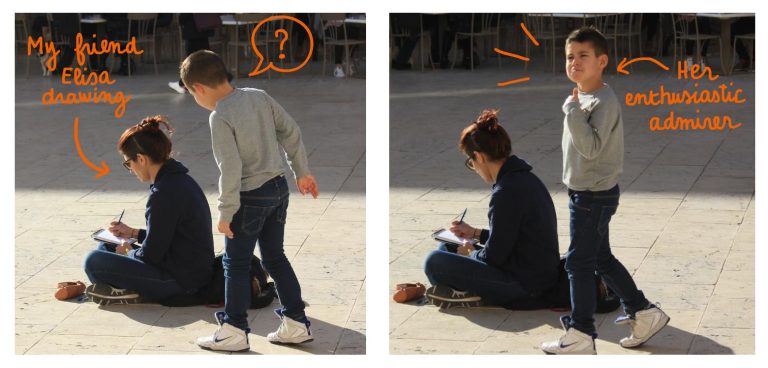As we go about our lives, we often overlook the beauty and detail that surround us. From the colors and shapes of buildings to the faces and expressions of the people we encounter, there is a great deal of inspiration to be found in the city.
And what better way to capture and reflect on these moments, than through an urban visual journal?
In this article, I would like to share 10 benefits of urban journaling as well as some tips and ideas if you would like to get started. I hope to show you how powerful this simple practice can be.
So grab your sketchbook and pen… and let’s go!

